A pot of $800 million in new federal money will help First Nations protect fragile ecosystems in Canada, including B.C.’s Great Bear Sea.
Prime Minister Justin Trudeau announced today that Canada’s Federal government will contribute up to $800 million to support four conservation programs led by Indigenous peoples, covering up to one million square km across Canada.
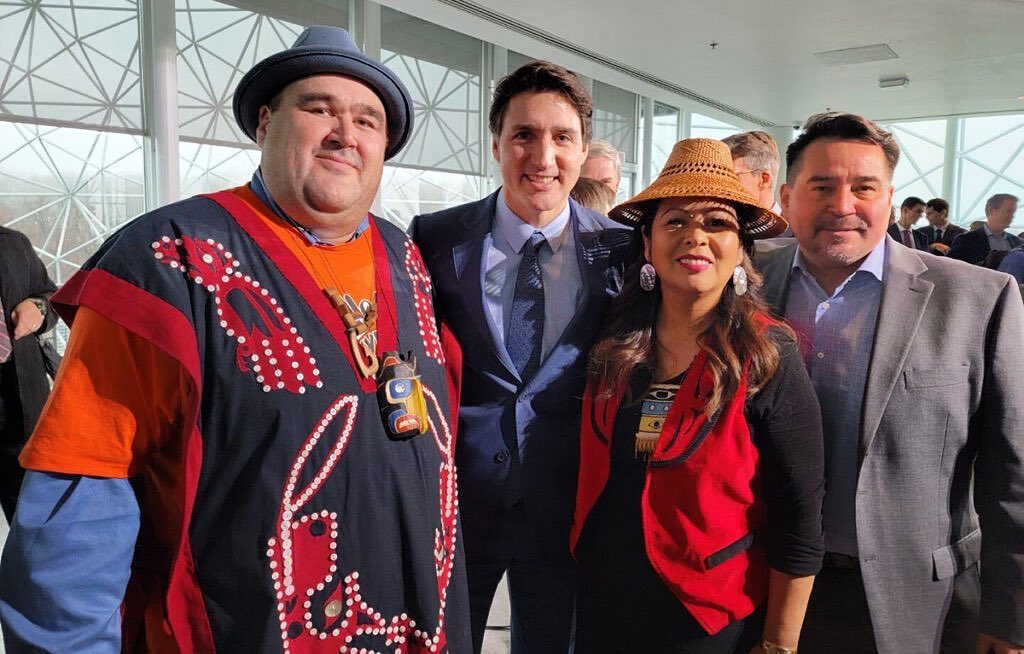
The money aims to support land and water conservation in B.C.’s Northern-shelf Bio-region, as well as areas of Nunavut, Ontario’s Hudson Bay, and southwestern James Bay.
“Communities have been clear — safeguarding lands and waters will help build a strong future for generations to come,” Trudeau said. “As a government, our role is to listen and support that vision.”
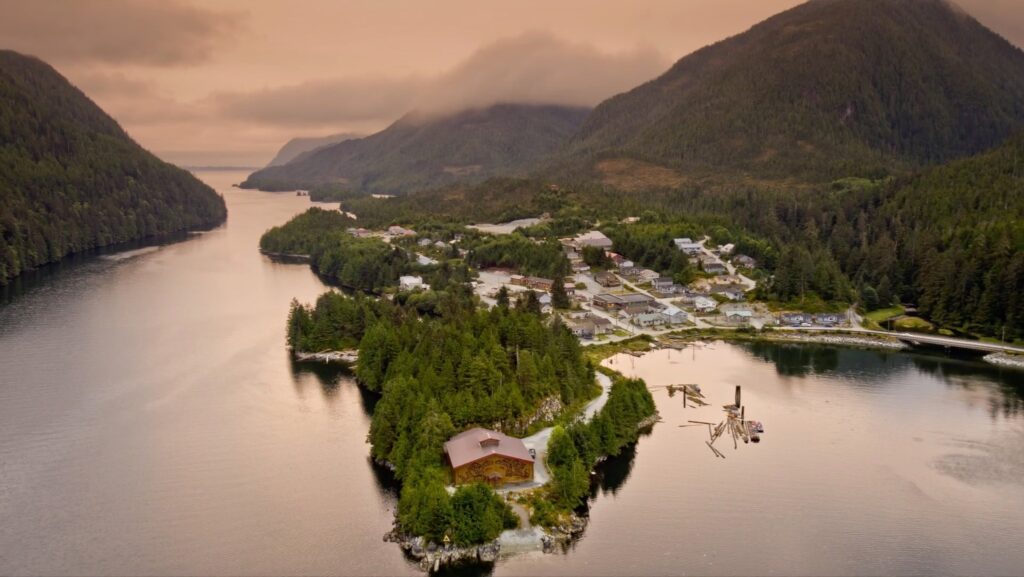
In B.C., 17 First Nations on the North Pacific Coast will use the investment to finance science-based marine conservation and management projects, similar to land projects underway since 2007 in the Great Bear Rainforest, said Coastal First Nations.
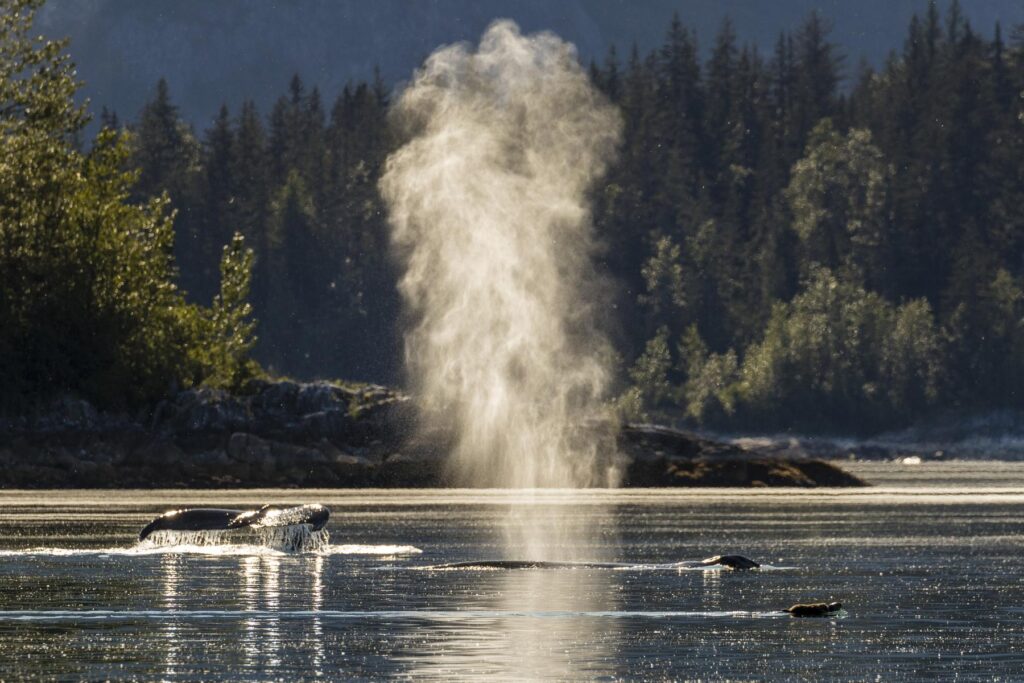
“Our success in the Great Bear Rainforest has proven that Indigenous-led conservation works for nature and for people. The extension of this…model in the Great Bear Sea will bring our vision full circle by linking management and stewardship across land and sea.”
— Dallas Smith, President of Nanwakolas Council.
That earlier program has so far “protected millions of hectares of temperate rainforest, financed Indigenous stewardship, management, and protection of traditional territories, created over 1200 new jobs,” said Coastal First Nations in a statement.
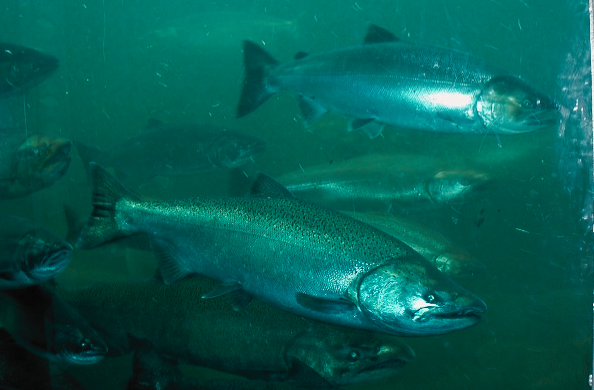
“When we exercise our stewardship authorities and responsibilities, everyone benefits,” said Coastal First Nations president Chief Marilyn Slett in the statement. “We believe that this model of Indigenous-led conservation will continue to inspire the world.”
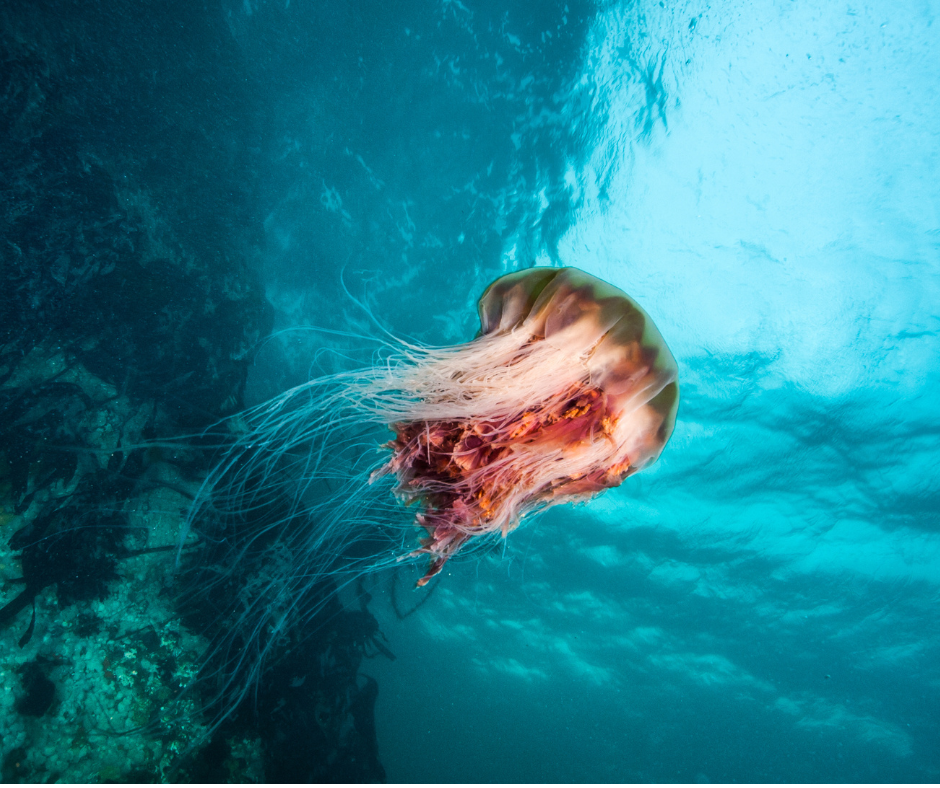
The new funds will start flowing in 2023, for seven years. They will contribute to other funds for joint programs from Indigenous organizations, provincial governments, and other donors.
The funding model, called Project Finance for Permanence, aims to “identify shared goals for protecting nature and ultimately halting biodiversity loss,” said Trudeau.
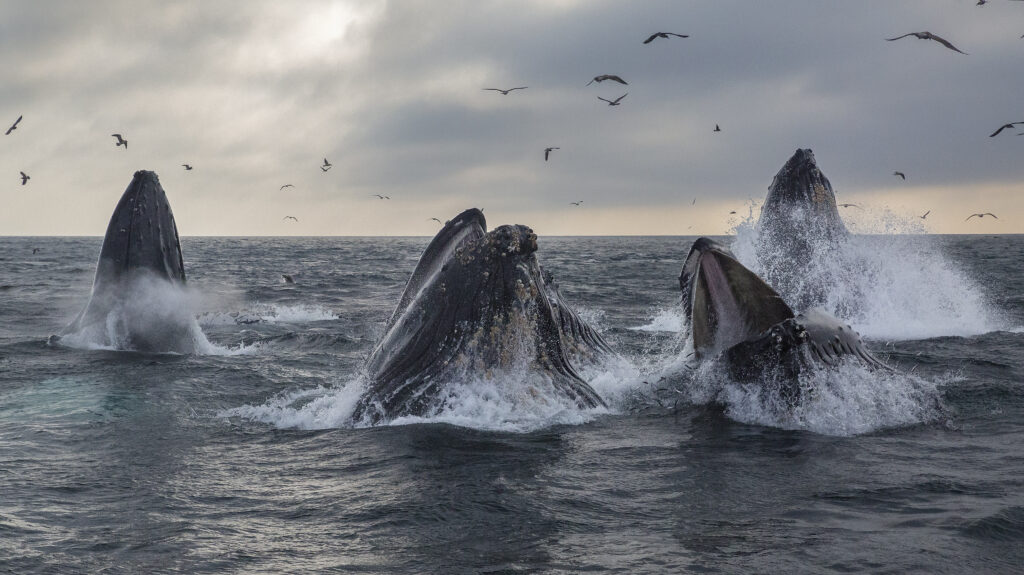
He added that it will help Canada meet its “ambitious goals of conserving 25 percent of land and waters by 2025, and 30 percent of each by 2030.”
Trudeau made the announcement in Montreal, where December 7-19, Canada is hosting COP15, a global United Nations biodiversity conference, aimed at the protection of nature, which he said is “under attack.”





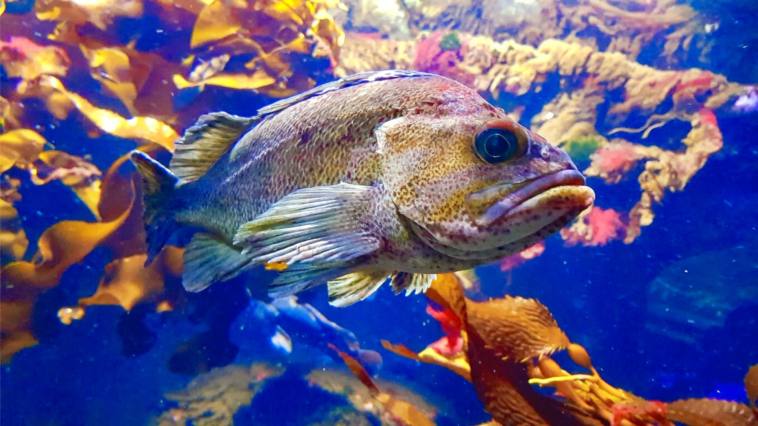
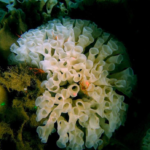

One Comment